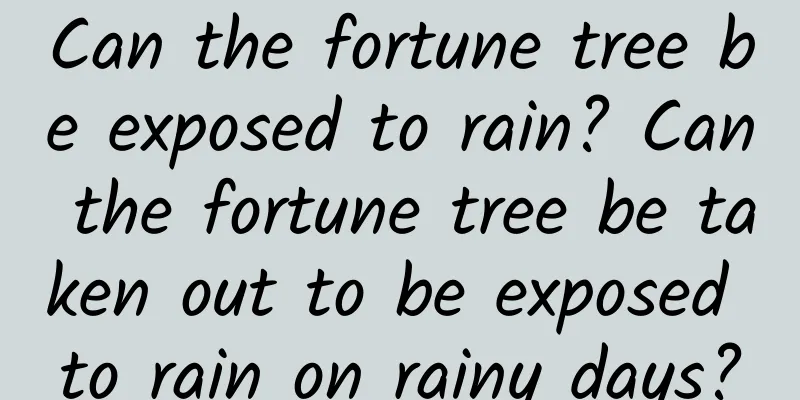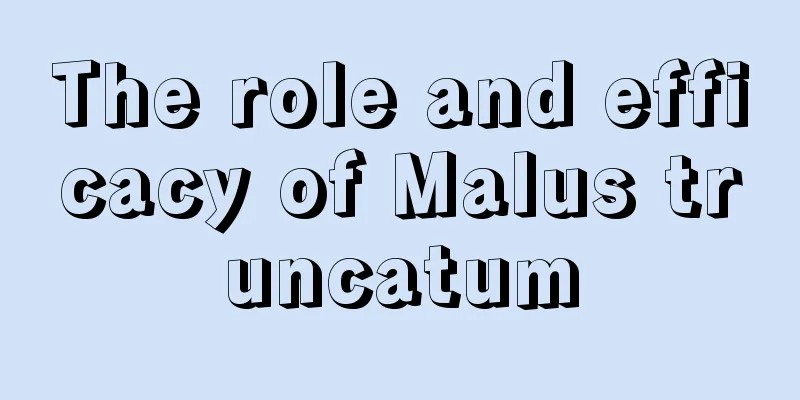Green treasure tree cultivation methods and precautions

1. Maintenance methods1. Temperature: During the day, it is best to control the temperature between 20 and 21 degrees. At night, the temperature needs to be slightly lower, preferably between 18 and 19 degrees. It is not resistant to high temperatures and needs to be below 27 degrees to grow normally. In winter, try to stay above octave. The temperature should not be lower than five degrees, otherwise you will get cold. 2. Light: The Emerald Tree is a light-loving plant, but it is also shade-tolerant to a certain extent. Do not place in complete darkness. In addition, too strong light is not good either, try to avoid direct light. 3. Humidity: The surrounding air humidity should be kept between 70 and 80 percent. In summer, humidity should not exceed 85 percent. Otherwise, high temperature and high humidity can easily lead to some diseases and pests. However, if the air is too dry, you need to spray water in time. 4. Fertilization: During the growth period, fertilizer is required once every half a month. Compound fertilizer can be used. 2. Breeding techniques1. Repotting: It also has some requirements for the substrate. For example, there are requirements for air permeability, drainage, and fertility. It is best to repot every two or three years. It can be prepared with leaf mold, sand and perlite. When repotting, be careful not to damage the roots. After repotting, place it in a cool place and wait for it to adapt to the environment. 2. Pruning: When the Emerald Tree is growing very vigorously, if it is not pruned in time, its branches and leaves will become very messy, affecting its appearance and consuming nutrients. Can be pruned intensively in spring. Trim away any overly messy branches and leaves. Cut off the dry branches and leaves. When diseases and insect pests occur, pruning is also a very important auxiliary measure. 3. Problem diagnosis and treatment1. Disease: There may be "anthracnose", which mainly threatens the leaves. It is more likely to occur in summer. The treatment with thiophanate-methyl is more effective. At the same time, you also need to pay attention to cleaning up the surrounding debris. 2. Pests: There are many pests, such as scale insects, red spiders, etc. They can be eliminated with insecticides, and care should also be taken to remove their eggs. IV. Other issues1. Toxicity: It is non-toxic. It also does not emit harmful gases. Not only that, its purifying effect is very strong. 2. Can it be raised at home? Yes, it is suitable. It is not only ornamental but also can purify the air. |
<<: Mangosteen cultivation methods and precautions
>>: Cultivation methods and precautions of large-leaf gardenia
Recommend
When should Kalanchoe start to be topped (and in which month it is no longer allowed to be topped)
Kalanchoe is a flower that many people like to gr...
Can crab orchid be watered with beer?
1. Can I use beer? When growing Christmas cactus,...
How to Choose Winter Wedding Flowers
one. Color Matching Wintersweet, tulips, roses an...
What vegetables are suitable to grow after the Chinese New Year?
What vegetables are suitable to grow after the Ch...
What to do if the fragrant wood drops leaves
1. Reasonable watering 1. Reason: The fragrant wo...
How to deal with hyacinth after it blooms (how to care for it after the soil and hydroponic flowers fade)
Hyacinths are very beautiful when they bloom. Man...
How to prune roses in winter
Pruning roses in winter is very important, as it ...
What to do if you water your Charizard too much
1. Stop watering Charizard is a shrub-like succul...
How to prune hibiscus
When to prune hibiscus Hibiscus is pruned in autu...
Can figs be planted in pots?
Can figs be grown in pots? Figs can be grown in p...
How to fertilize Oxalis
Fertilization method of Oxalis Before planting, y...
How to plant shallot seeds
Onion seed planting time Scallion seeds are more ...
How to dwarf potted honeysuckle
Controlling water and fertilizer for dwarfing hon...
When is the right time to plant chrysanthemum seedlings?
Best time to plant chrysanthemum seedlings Chrysa...
How to grow Christmas cactus quickly
1. Fertile Soil To promote rapid plant growth, yo...









